You’ve done it.
You put in the hard work, stuck out the diet, and lost a bunch of weight.
But there’s a problem. A major problem.
Instead of the ripped new body you were dreaming of, you’ve got bumps and bulges of unsightly loose skin.
Unfortunately, you’ve swapped one headache for another–blubbery fat for saggy skin.
And if it has you down, I understand.
But the good news is you don’t necessarily need surgery to fix the problem–you really can tighten that skin and show off a toned, lean and healthy-looking body.
And in this article, I’m going to share with you several strategies for improving the look and health of your skin and how to go from “loose to lean.”
Table of Contents
+Want to listen to more stuff like this? Check out my podcast!
Is It Loose Skin or Fat?
This is the first question we need to answer.
Is what you’re worrying about actually loose skin or simply excess fat that’s hanging on for dear life?
You see, we all have “stubborn” deposits of fat that take longer to shrink than others. In men, you’ll find this fat mainly in the stomach region and in women, it’s usually the hips, thighs, and butt.
Unfortunately, you can’t achieve “targeted fat loss” in specific areas of your body with special diets or exercises and there’s no magic pill or powder for those last pockets of fat.
There are physiological reasons for this, but we don’t need to dive into the technicalities here.
We just need to determine if you’re dealing with a legit case of excess skin or if you’re being mislead by soft and jiggly body fat instead.
And the easiest way to do this is to simply pinch the part of your body that’s the source of your woes.
If you can grab more than a few millimeters of skin then there’s more fat to lose.
That doesn’t mean you don’t have excess skin, too, but until you burn away the majority of the fat it’s covering, the skin on top is not going to tighten–it will continue its sad, droopy existence.
Remember that skin is shaped by what’s underneath, and once you’ve lost those last stubborn pounds, it can and will (to some degree) tighten.
Don’t Get Loose Skin Surgery Until You’ve Done This…
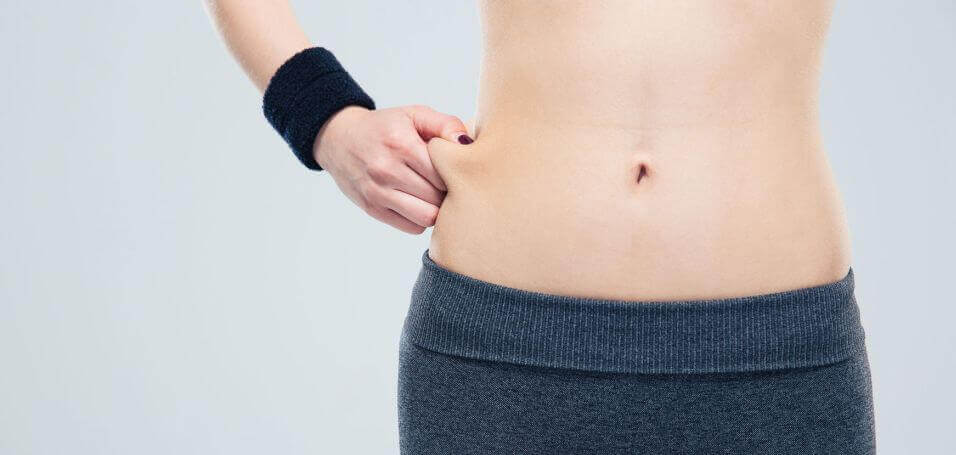
If you’re considering surgery for your loose skin, don’t go under the knife just yet.
If you lose enough fat and build enough muscle (which we’ll talk more about soon), chances are you’ll finally be happy with what you see in the mirror.
You see, many people don’t realize how lean they have to get to see where they really stand in terms of loose skin.
Here’s what it boils down to:
Men shouldn’t consider the surgical route until they hit 10% body fat. And for women it’s 20%.
Read: How to Calculate Your Body Fat Percentage Easily & Accurately
The reason for this is once you get that lean, you’ll have lost most of your stubborn torso fat and thus will be able to see if you have a genuine loose skin problem.
Again, what many people think is loose skin is just fat and it can be hard to differentiate until you get lean.
The Truth About “Weight Loss” and Loose Skin

Weight loss is overrated.
Starve yourself and do a bunch of cardio and you’ll lose weight.
Unfortunately, you won’t just lose fat. You’ll lose muscle too.
And that leads to the soft “skinny fat” look that may work with your clothes on, but not so much when you take them off.
If you want to look lean and athletic instead, you need to go beyond “weight loss” and start thinking about “body composition.”
That is, if you want a muscular, lean, and athletic physique, you don’t want to just “lose weight” at any cost–you want to lose fat and preserve (or even gain) muscle.
Read: The Secret to Body Recomposition: Lose Fat & Gain Muscle
This goes beyond the skinny fat dilemma, too–it relates directly to loose skin.
You see, fat and muscle are what press up against your skin and keep it from hanging loosely. If you lose a significant amount of both fat and muscle, as so many crash dieters do, your skin loses its underlying support and can’t do anything but go limp.
That’s why gaining muscle is an extremely effective strategy for combating loose skin.
You need something to fill the void that is contributing to the loose skin problem, and muscle is the ideal candidate. (It can help eliminate cellulite too!)
This advice applies to both people that have already lost a lot of weight and those that are just beginning.
- If you’ve already lost weight and are now stuck with loose skin, you should start resistance training to build muscle.
- If you’re just starting your journey, make sure you include resistance training in your weight loss regimen.
4 Easy Ways to Improve Skin Elasticity
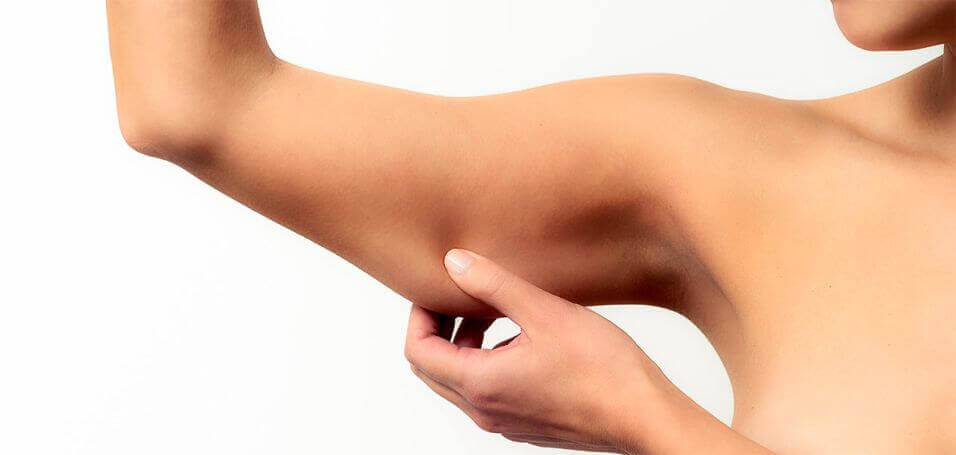
Your skin can shrink and expand and shrink again.
It’s quite amazing, actually, and something that we take for granted until it finally lets us down and stops bouncing back.
This happens naturally as we get older, but it can happen when we’re young too.
As you now know, rapid weight loss is a common culprit, but there are other lifestyle choices that reduce skin elasticity and increase the risk and severity of loose skin.
But it doesn’t have to be like that. There are several simple strategies you can use to help keep your skin stretchy and healthy.
1. Stop Smoking

There are so many reasons to not smoke. And here’s a big one: it ruins your skin.
The bottom line is if you want to keep your skin glowing and healthy, you have to say no to cigarettes.
This is well-established scientific fact.
For example, one study conducted by researchers at the International Association of Ecologic Dermatology involved the analysis of the skin of 64 female Italian smokers.
They looks at the presence of lines, vascular and pigmentation, elasticity, brightness, and texture and found that the average biological age of the subjects was 9 years older than their chronological age.
That is, their skin looked 9 years older than it actually was.
There’s a silver lining here, though:
After 9 months of not smoking the average reduction in the biological age of the skin was 13 years.
2. Eat Enough Protein
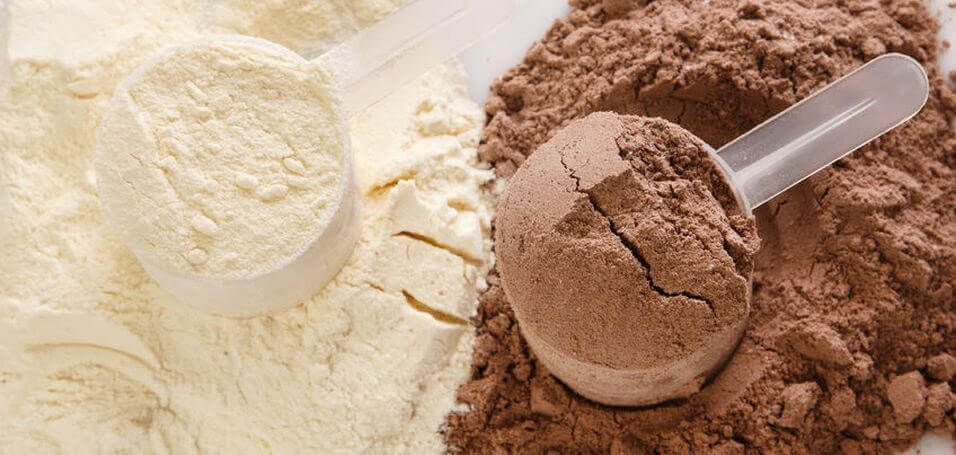
Protein helps keep your skin moist, wrinkle-free and elastic.
This is why studies show that a high-protein diet is associated with skin health and youthful appearance, and why low protein intake affects your skin, making dryness, wrinkles, and poor elasticity more likely.
There are many other benefits to a high protein diet as well.
- You build more muscle and get stronger.
- You lose more fat and less muscle.
- You feel fuller.
- You preserve more muscle as you age.
The science of eating is complex and evolving, but this much is now clear: a high-protein diet is the way to go.
(And if you’d like even more specific advice about what diet to follow to reach your health and fitness goals, take the Legion Diet Quiz.)
Read: The Top 4 Scientifically Proven Benefits of a High-Protein Diet
3. Eat Your Fruits and Veggies

It’s a well-known fact that eating fruits and vegetables improves health.
Research clearly shows that people who eat higher amounts of these foods are more likely to live longer, disease-free lives than those who don’t eat enough.
It’s also a well-known fact that few people eat enough or even know how much they’re supposed to eat and why.
(The government recommends that adults eat about 3 cups of vegetables and 2 cups of fruit per day, and the more kinds and colors you eat, the better.)
Unfortunately, this dietary negligence increases the risk of chronic disease and dysfunction, and as your skin is a reflection of your inner health, we shouldn’t be surprised to learn that research shows that a high daily intake of fruit and veggies helps you have beautiful, elastic skin.
4. Take the Right Supplements
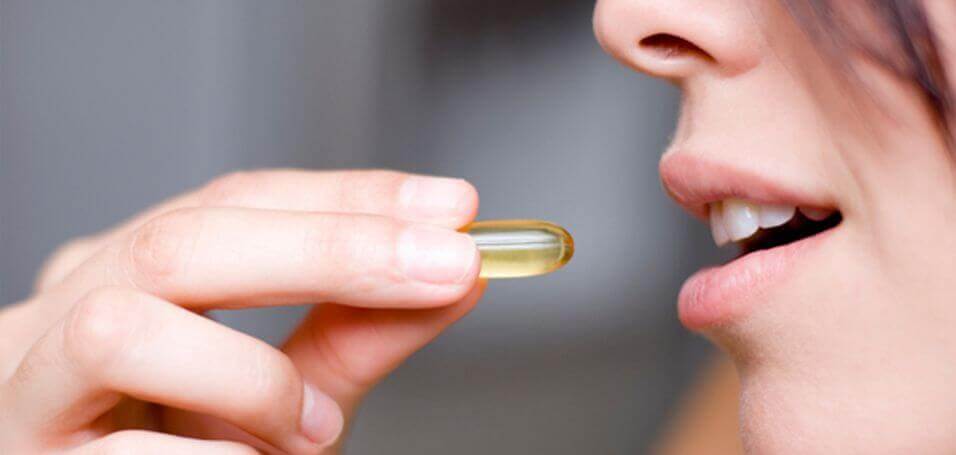
There are many supplements that purport to help with loose skin, but most have little scientific evidence to support such claims.
There are two supplements that are worth considering, though:
- Gelatin
- Fish oil
They’re not a substitute for the diet and exercise strategies we’ve discussed, of course, but they can, well, supplement your efforts to improve the look and quality of your skin.
Gelatin
Gelatin is a type of protein that comes from collagen, a protein itself that’s crucial for healthy skin.
Research shows that, when eaten, gelatin can stimulate the production of collagen and thereby improve skin elasticity (the dosage was 250 mg per day, in case you’re wondering).
Gelatin isn’t the easiest thing to fit into your diet plan, though, because it’s most easily found in sweets and desserts.
That’s why it’s simpler to take it as a supplement.
Here’s the product I would personally use (NOW Foods is a trustworthy company):
Fish Oil
A high-quality fish-oil is one of the best all-round supplements you can take.
It has a whole host of health benefits, including improving skin elasticity (and results can be seen in as little as three months).
Check out this article to learn more about choosing a fish oil supplement.
A Word About Weight Loss Pills
While supplements can help you get more out of your diet and training, no pill or powder can directly burn fat off your body.
That’s probably not what you want to hear, but it’s the truth.
That said, when you know what you’re doing with your diet and exercise, certain “weight loss pills” can speed up the process of fat loss.
Read: The Insider’s Guide to Fat Burning Pills: An Evidence-Based Review
The Bottom Line on Loose Skin After Weight Loss
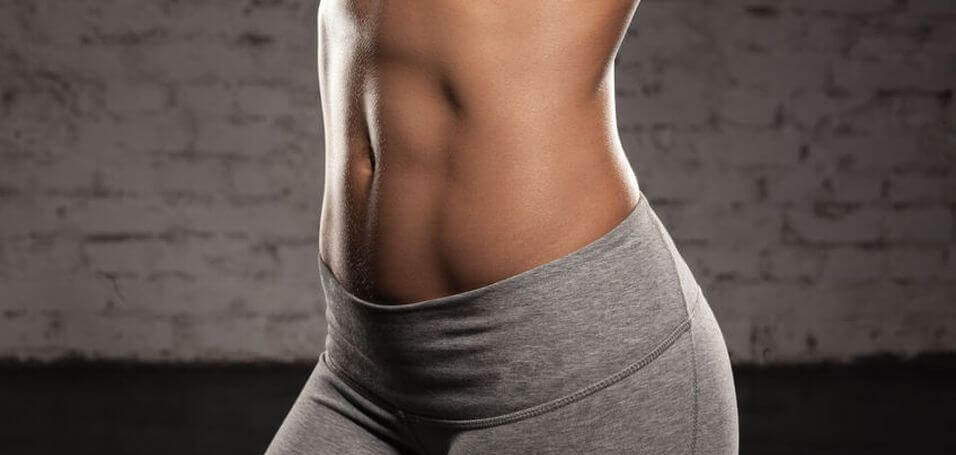
If you’ve lost weight and now have a loose skin problem, the game plan is simple:
- Get really lean (~10% body fat for men and ~20% for women)
- Build muscle
- Eat a high-protein diet
- Eat plenty of fruits and veggies
- Supplement if your budget can support it
If you stick with that plan and be patient and consistent, then there’s a good chance you can get a body you can be proud of without having to turn to surgery (which should be avoided at all costs, in my opinion).
Good luck!
What’s your take on loose skin and weight loss? Have anything else to share? Let me know in the comments below!
Scientific References +
- Segger D, Matthies A, Saldeen T. Supplementation with Eskimo® Skin Care improves skin elasticity in women. A pilot study. J Dermatolog Treat. 2008;19(5):279-283. doi:10.1080/09546630801958238
- Omega-3 Supplements: In Depth | NCCIH. https://nccih.nih.gov/health/omega3/introduction.htm. Accessed December 10, 2019.
- Whitehead RD, Re D, Xiao D, Ozakinci G, Perrett DI. You are what you eat: Within-subject increases in fruit and vegetable consumption confer beneficial skin-color changes. PLoS One. 2012;7(3). doi:10.1371/journal.pone.0032988
- Kimmons J, Gillespie C, Seymour J, Serdula M, Blanck HM. Fruit and vegetable intake among adolescents and adults in the United States: Percentage meeting individualized recommendations. MedGenMed Medscape Gen Med. 2009;11(1). https://www.ncbi.nlm.nih.gov/pubmed/19295947. Accessed December 10, 2019.
- Wang X, Ouyang Y, Liu J, et al. Fruit and vegetable consumption and mortality from all causes, cardiovascular disease, and cancer: Systematic review and dose-response meta-analysis of prospective cohort studies. BMJ. 2014;349. doi:10.1136/bmj.g4490
- Cosgrove MC, Franco OH, Granger SP, Murray PG, Mayes AE. Dietary nutrient intakes and skin-aging appearance among middleaged American women. Am J Clin Nutr. 2007;86(4):1225-1231. doi:10.1093/ajcn/86.4.1225
- Serri R, Romano MC, Sparavigna A. “Quitting smoking rejuvenates the skin”: results of a pilot project on smoking cessation conducted in Milan, Italy. Skinmed. 8(1):23-29. http://www.ncbi.nlm.nih.gov/pubmed/20839421. Accessed December 10, 2019.
- Kirk JE, Chieffi M. Variation with Age in Elasticity of Skin and Subcutaneous Tissue in Human Individuals. J Gerontol. 1962;17(4):373-380. doi:10.1093/geronj/17.4.373











